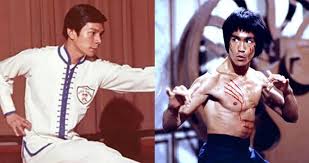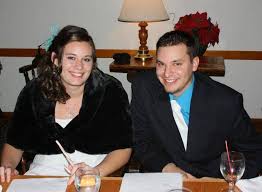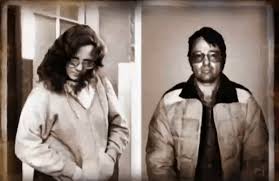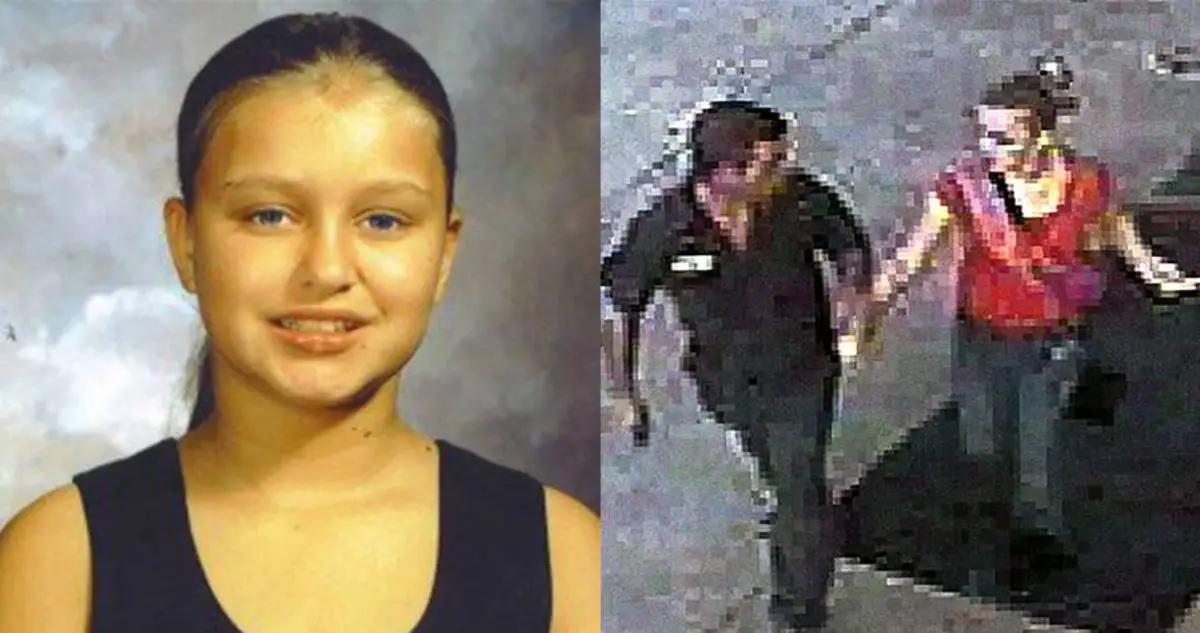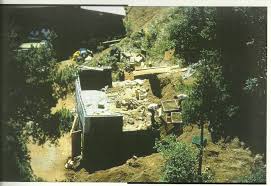In December 1972, a remarkable event took place that defied expectations and turned reality upside down. It was the famous Rothschild party, hosted by Baroness Marie-Hélène de Rothschild and her husband Guy, at the luxurious Château de Ferrières, located just outside of Paris. This masked ball brought together an intriguing mix of politicians, bankers, artists, and celebrities, promising an evening of surrealism and intrigue.
A Brief History of the Rothschild Family
To understand the fascination and mystery surrounding this surreal soirée, it’s essential to look at the history of the Rothschild family. Their wealth and influence date back to Mayer Amschel Rothschild, who made his mark in the Free Imperial City of Frankfurt in the 18th century. Mayer Amschel’s financial expertise, connections to European nobility, and strategic investments in wars and infrastructure projects helped the family accumulate great wealth and power.
Despite their success, the family has also faced accusations and conspiracy theories, often rooted in anti-Semitism. While the Rothschilds have been involved in various industries around the world, including finance, real estate, mining, and energy, claims of their manipulation of the global economy remain speculative.
The Surrealist-Themed Rothschild Ball of 1972
Against this backdrop of wealth and intrigue, the 1972 Rothschild Ball took place. Baron Guy Édouard Alphonse Paul de Rothschild and Baroness Marie-Hélène Naila Stephanie Josina de Rothschild, known for their liberal views, planned a masquerade ball like no other. The venue was the grand Château de Ferrières, a majestic 19th-century château known for its opulence and history.
The invitations to the ball were written backward and cryptically instructed guests to wear “black tie, long dresses & surrealist heads.” As night fell, floodlights created an illusion of the château engulfed in flames, mystifying the arriving guests.
Inside, the château was transformed into a surreal wonderland. Servants, dressed as cats, guided guests through cobweb-filled corridors to their tables. Fur-covered plates, plastic baby dolls, and taxidermied tortoises adorned the dining area. The menu featured unconventional dishes like “extra-lucid” soup and goat’s cheese roasted in “post-coital sadness.” Dessert was a sugar sculpture of a nude woman resting on a bed of roses.
Attendees wore equally absurd costumes. Salvador Dalí, the renowned surrealist artist, designed many of the costumes but chose not to wear one himself. The Baroness wore a diamond-studded stag’s head, while actress Audrey Hepburn appeared in a birdcage. These were just a few examples of the eccentricity that filled the night.
Conspiracy Theories Surrounding the Masked Ball
As with any mysterious event, conspiracy theories have emerged around the Rothschild Ball. Some claim that the inverted invitation text, an ancient symbol of devil-worshipping, hinted at nefarious intentions. Others point to alleged Freemason and Illuminati imagery, such as the château’s black-and-white checkered floors. However, these symbols often have alternative explanations, rooted in historical and cultural contexts.
While the surreal nature of the ball sparked speculation, there is little concrete evidence to support claims of occult practices or secret messages. It is worth noting that Stanley Kubrick, known for his fascination with symbolism, would later film his own masked ball scene at the Rothschilds’ property for his final film, “Eyes Wide Shut.”
In the end, the true nature of the Rothschild Ball might forever remain a mystery. What we do know is that it was a truly surreal and eccentric evening, with guests from high society mingling amidst bizarre decorations and costumes.

